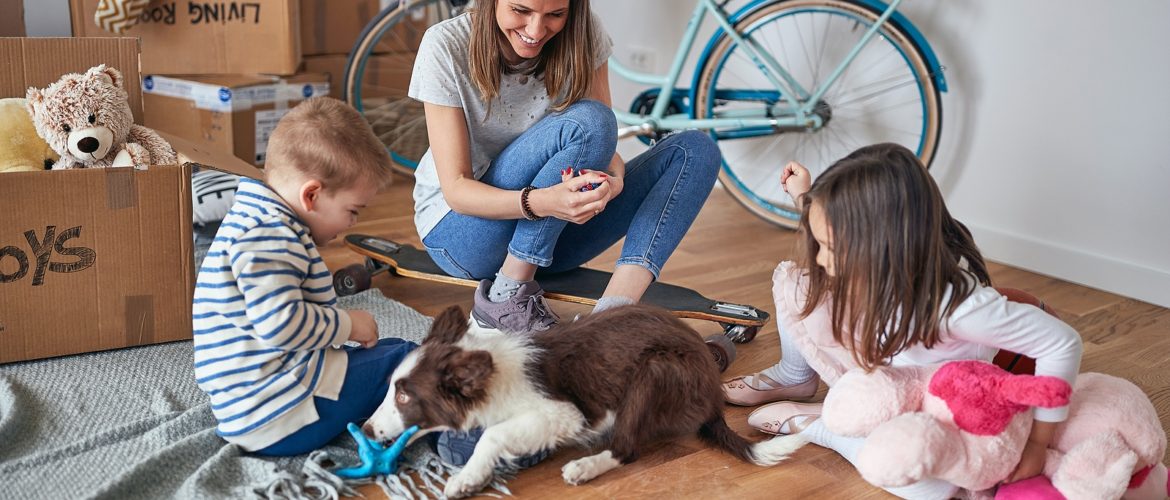Moving Home? Here’s How to Keep Your Pets Comfortable During Transit

The process of moving home can be extremely stressful, even if you are looking forward to living somewhere new. Pets often find change (especially in their surroundings) to be extremely distressing. For any pet owner who cares about the safety and comfort of their companion, ensuring their secure transit during a move should be a top priority.
First, there are a few general points that are important to note:
- Distance: How far you intend to travel will impact the decisions you should make for your pet. A short trip is clearly less stressful than a long one.
- Safety: Protecting your pet from travel hazards is essential. Traveling in a car, for example, might necessitate a specially designed harness.
- Permits: If you are moving far away or overseas, it is important to check that you have the appropriate paperwork for your pet to travel. Arrange this ahead of time to prevent last-minute rushing.
Here is a brief list of common types of pets and how to help them move home with maximum comfort.
Dogs
Dogs are some of the easier types of animals to move home with. Due to their intelligence and trainability, dogs are better at coping with change compared to other pets such as cats, birds, and small rodents. Nevertheless, you should take into consideration your dog’s stress levels and do everything you can to make their journey comfortable. This will depend on the mode of transport that will get you to your new home, as you may need a crate and travel feeding accessories for longer trips.
Cats
Although cats are usually more stressed during transit, they can be moved without unnecessary discomfort with the right preparation. Pheromone sprays can soothe their nerves, and allowing them to grow familiar with their travel crate in advance is a good idea. Your vet can also prescribe medication to keep them calm during the move.
Large Animals
If you have a large animal as a pet, you may need to take extra steps in order to safely transport them to their new home. Smaller animals are easier to move than larger ones—for obvious reasons. For example, horse transport is extremely difficult without the aid of proper horse transportation. It is best to sort this out as soon as you know that you will be moving, as large animals require additional care and different measures in order to be comfortable during transit.
Birds
Much like cats and dogs, letting your bird acclimate to a carrier a few weeks before moving will help keep them calm. Put their belongings in the carrier and, when the time comes to move, consider covering the carrier to avoid overstimulation and stress.
Aquatic Life
Aquatic life can be extremely delicate, and this makes moving a challenge. Be careful to always provide your pets with the right salinity, pH, and temperature of water at every stage of their journey. Do your best to set up your aquarium promptly after moving in so your pets can settle into their new home.
This brief guide will hopefully help you keep your pets safe and happy during your move.
